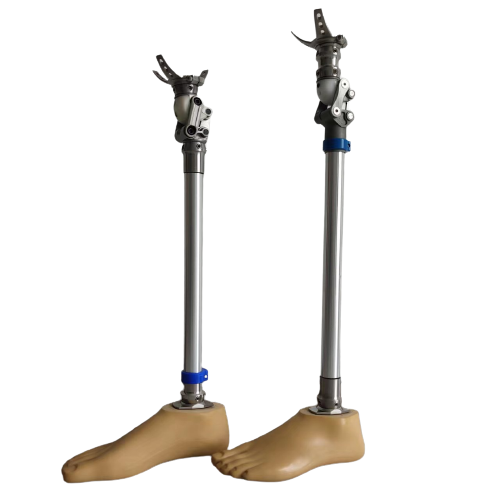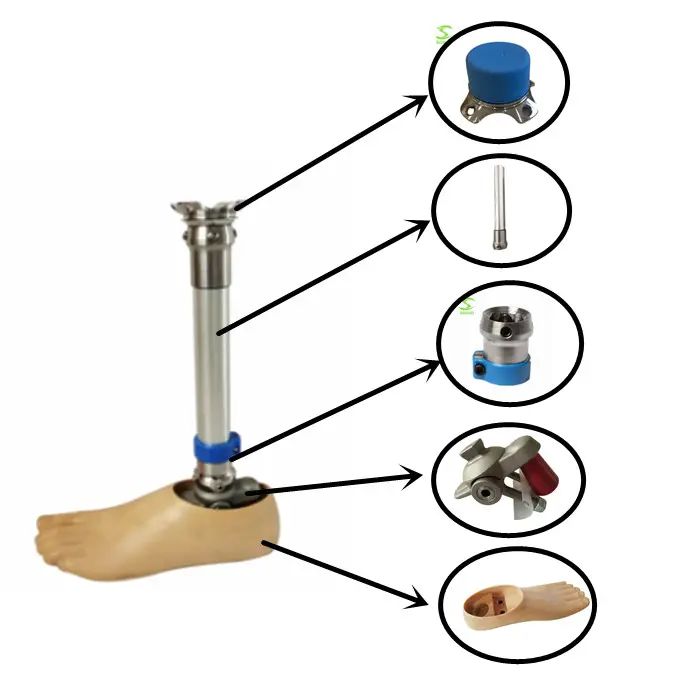Understanding Artificial Limbs Implants: Revolutionizing Mobility and Quality of Life
Release Time:
Jun 15,2025
Artificial limbs implants, commonly known as prosthetics, have significantly evolved over the years, offering remarkable solutions for individuals who have experienced limb loss due to injury, illness, or congenital conditions. These devices are meticulously designed to closely mimic the appearance and functionality of natural limbs, providing wearers with improved mobility, independence, and qual
Artificial limbs implants, commonly known as prosthetics, have significantly evolved over the years, offering remarkable solutions for individuals who have experienced limb loss due to injury, illness, or congenital conditions. These devices are meticulously designed to closely mimic the appearance and functionality of natural limbs, providing wearers with improved mobility, independence, and quality of life.
There are various types of artificial limbs implants tailored to meet the diverse needs of users. Lower limb prosthetics, such as knee and ankle joints, are engineered to facilitate walking, running, and other physical activities. Upper limb prosthetics, including hands and arms, can help individuals perform daily tasks and regain their ability to engage in social interactions. Advanced technologies, such as myoelectric prosthetics, empower users to control their artificial limbs through muscle signals, making them more intuitive and effective.
One of the primary benefits of artificial limbs implants is the enhancement of mobility. Many users report a renewed sense of freedom and empowerment as they can participate in activities that were once difficult or impossible. Furthermore, the psychological advantages of regaining mobility cannot be overstated. The ability to engage with friends, family, and the community contributes to improved mental well-being and emotional health.
When considering artificial limbs implants, several factors should be taken into account. The selection process often begins with a thorough evaluation by healthcare professionals, including prosthetists and physical therapists. They assess the individual's unique needs, lifestyle, and preferences to recommend the most appropriate type of prosthetic. The fitting process is crucial, as a well-fitted prosthetic ensures comfort and optimal functionality.
Additionally, advancements in materials and design have led to the development of lighter, more durable, and aesthetically pleasing prosthetics. Users can choose from a variety of colors and styles, allowing for personalization that enhances their confidence and self-expression.
However, it is essential for users to engage in proper care and maintenance of their artificial limbs implants. Regular check-ups and adjustments by professionals can help ensure the prosthetic remains comfortable and functional over time.
Ultimately, artificial limbs implants represent a significant advancement in medical technology, offering countless individuals the opportunity to lead fulfilling lives despite the challenges of limb loss. As research and innovation continue to progress, the future of prosthetics looks promising, paving the way for even more sophisticated and effective solutions.
Keywords:
You Can Also Learn More About Industry Trends






